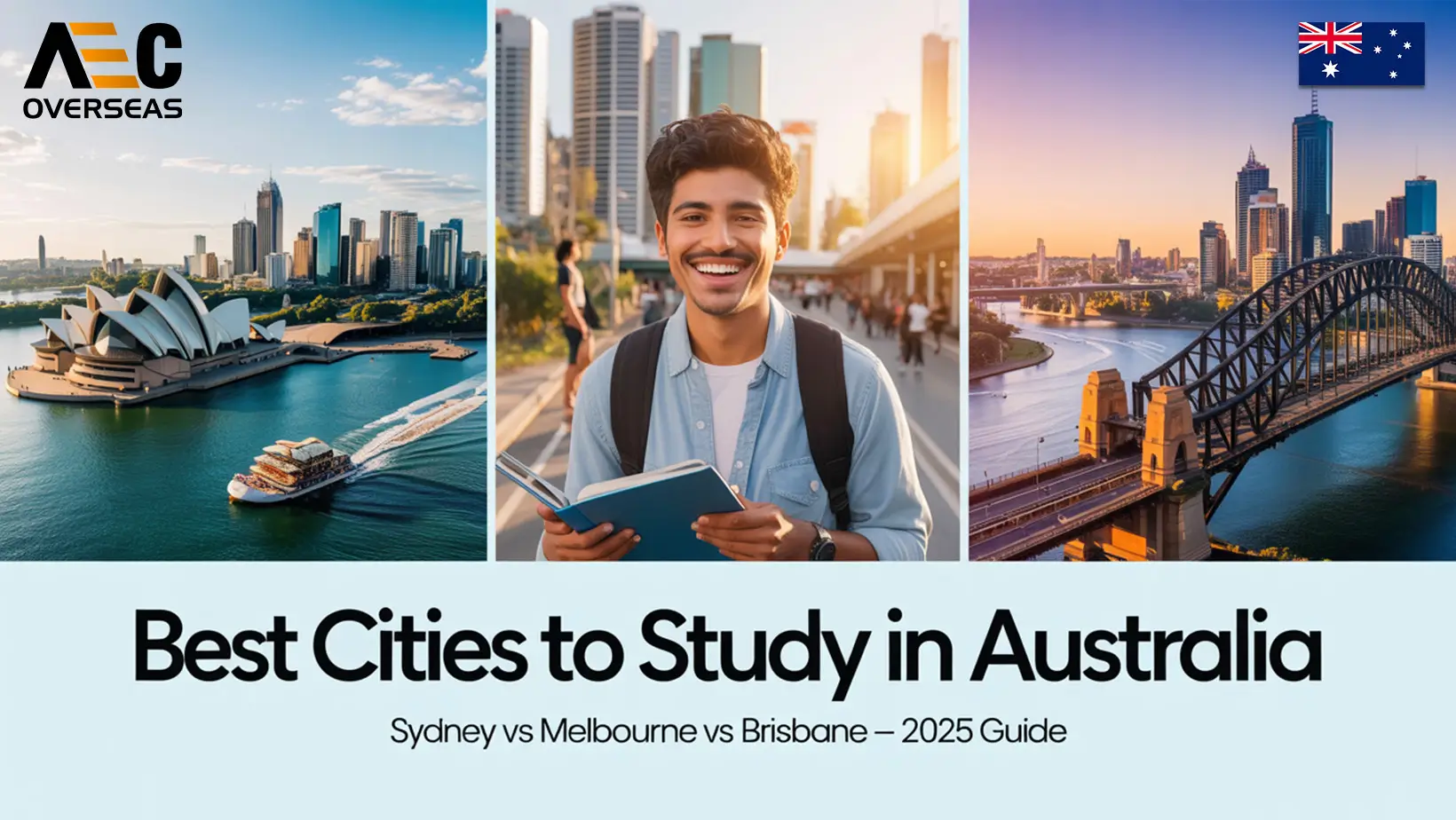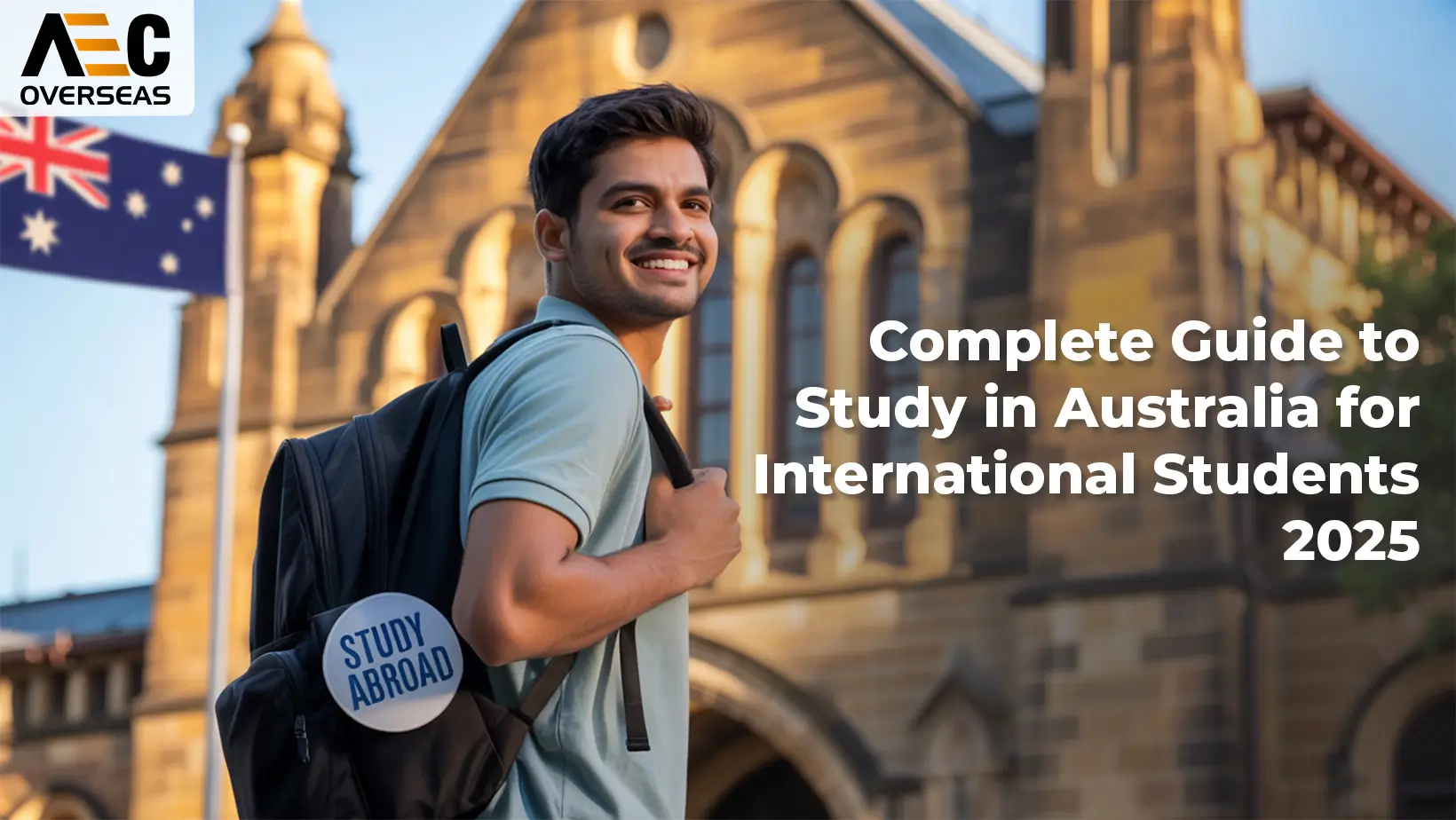Every year, thousands of students from India and other countries look beyond their borders to pursue medical education. And for good reason — pursuing an MBBS abroad offers access to high-quality education, global exposure, and affordable tuition compared to private medical colleges in India. If you’re considering applying in 2025, understanding the MBBS abroad admission process will be your first major step.
This guide breaks it down clearly — from eligibility requirements and admission procedures to fee structures and country comparisons. Whether your goal is to study medicine in Russia, Georgia, the Philippines, or anywhere else, this guide will help you make an informed decision.
Get Free Counseling on WhatsApp
Start ChatKey Takeaways
- The MBBS abroad admission process typically begins in March and ends around October or November.
- Top destinations for MBBS abroad include Russia, Kyrgyzstan, Kazakhstan, Georgia, and the Philippines.
- MBBS abroad admission eligibility includes NEET qualification, age criteria, and academic background.
- Tuition fees vary from $3,000 to $10,000 per year depending on the country — often far lower than private Indian colleges.
- Students must research MCI/NMC-approved universities to ensure their degree is valid in India.
- Most colleges do not require IELTS or TOEFL for MBBS abroad admissions.
- MBBS abroad is ideal for students who want global exposure, low-cost education, and world-class infrastructure.
Why Study MBBS Abroad?
There’s a growing trend of students heading overseas for their medical degree. But why?
The main reason is the limited number of government MBBS seats in India. Every year, around 20 lakh students take the NEET exam, while less than 1 lakh government MBBS seats are available. Private colleges charge anywhere from ₹60 lakhs to ₹1 crore, which puts them out of reach for most families.
Ready To Study Abroad?
Speak to an Expert – 100% Free
On the other hand, MBBS abroad admission fees are far more reasonable. Countries like Russia, Uzbekistan, and Kyrgyzstan offer degrees that are globally recognized at a much lower cost. These colleges also offer instruction in English, international exposure, and modern infrastructure.
In 2025, MBBS abroad is not just a backup plan. It’s a smart choice.
Top Benefits of MBBS Abroad
- Affordable Education: You can complete your MBBS abroad at a low cost — often under ₹30–₹40 lakhs total.
- Globally Recognized Degrees: Most universities are recognized by WHO, ECFMG, WDOMS, and the NMC (India).
- No Donations: Foreign universities do not charge capitation or donations — just standard tuition.
- Quality Infrastructure: Labs, hospitals, libraries, and campus facilities are often top-notch.
- Cultural Exposure: Interacting with international students helps broaden perspectives.
- Pathway to Practice Abroad: Graduates can appear for licensing exams like USMLE, PLAB, FMGE, and others.
MBBS Abroad Admission Process 2025: Step-by-Step
1. Research and Shortlist Universities
Start with identifying NMC-approved medical universities in countries you’re interested in. Make sure they offer:
- English-medium instruction
- Strong clinical exposure
- Transparent fee structure
- Hostel and Indian food facilities
- A decent FMGE (Foreign Medical Graduate Exam) pass rate
Some popular choices for Indian students include:
- Russia: Pirogov Russian National Research Medical University, Kazan Federal University
- Kyrgyzstan: Osh State University, Jalal-Abad State University
- Georgia: Tbilisi State Medical University, Batumi Shota Rustaveli State University
- Philippines: AMA School of Medicine, University of Perpetual Help
2. Check Eligibility Criteria
The MBBS abroad admission eligibility is fairly consistent across countries:
- Age: 17 years by 31st December of the admission year
- NEET Qualification: Mandatory for Indian students
- Academic Requirement: Minimum 50% in Physics, Chemistry, and Biology (40% for reserved categories) in Class 12
- Valid Passport: A must for application and visa processing
- English Proficiency: IELTS/TOEFL generally not required
Note: Some countries may have additional screening tests or interviews, though most accept NEET scores directly.
3. Apply to Universities
Applications usually open around March or April and remain open until October or November.
You’ll typically need to submit:
- Academic transcripts (Class 10 and 12 mark sheets)
- NEET scorecard
- Passport copy
- Passport-sized photographs
- Application form
- Medical fitness certificate
Some universities may charge a nominal application fee. Admission letters are usually issued within 10–15 working days.
4. Receive Admission Letter
Once the university reviews your application, you’ll receive a Provisional Admission Letter confirming your seat. Keep this safe — it’s essential for visa processing.
5. Visa Application Process
After receiving your admission letter, start the student visa process. You’ll need:
- A valid passport
- Visa application form
- Original admission letter
- Invitation letter from the university (in some cases)
- Medical tests (including HIV report)
- Passport-sized photographs
- Proof of financial support (bank statements)
Visa processing time ranges from 7 to 30 days depending on the country.
6. Pay Fees and Book Travel
Once the visa is approved, pay the first-year fees — either directly to the university or via a trusted channel (avoid middlemen or unauthorized agents). Then, book your flight and prepare to start your MBBS journey.
MBBS Abroad Admission Fees in 2025
One of the most attractive parts of studying abroad is the cost. Let’s break down the MBBS abroad students fees:
| Country | Avg. Annual Tuition (USD) | Total Cost for 6 Years (INR) |
| Russia | $4,000 – $6,000 | ₹25–₹35 lakhs |
| Kyrgyzstan | $3,500 – $4,500 | ₹20–₹28 lakhs |
| Georgia | $5,000 – $7,000 | ₹30–₹40 lakhs |
| Kazakhstan | $3,000 – $5,000 | ₹18–₹30 lakhs |
| Philippines | $3,500 – $5,500 | ₹20–₹32 lakhs |
Note: Fees may vary by university. Costs include tuition and basic living expenses.
Despite fluctuating exchange rates, MBBS in abroad at low cost remains achievable — especially when compared to Indian private medical colleges.
Things to Watch Out For
Choosing to study MBBS abroad is a big decision. Here are some things to keep in mind:
- Fake Agents: Work only with verified consultants or apply directly.
- University Recognition: Confirm that your chosen university is NMC-approved.
- Language Barrier: Ensure the program is taught fully in English.
- Living Conditions: Check hostel facilities, safety, and food options.
- Local Laws and Culture: Be respectful and learn basic local norms.
Pro tip: Talk to existing students through social media or university forums before finalizing.
Is MBBS Abroad Right for You?
Here’s a quick checklist to help you decide:
✅ You want to avoid high donation fees in India
✅ You’re NEET qualified but didn’t get a government seat
✅ You’re comfortable living independently in a new country
✅ You want to practice in India or appear for international licensing exams
If the above sounds like you, then MBBS abroad might be the opportunity you’re looking for.
Final Thoughts: Start Early, Plan Smart
The MBBS abroad admission process is not difficult — but it does require planning, paperwork, and timely decisions. Start early in 2025. Keep your documents ready, research your options thoroughly, and make sure you only apply to recognized universities.
If you’re NEET qualified and serious about a career in medicine, don’t let borders limit your dreams. With the right guidance, MBBS in abroad at low cost can be a gateway to a bright medical career — without the financial strain of private medical colleges in India.






